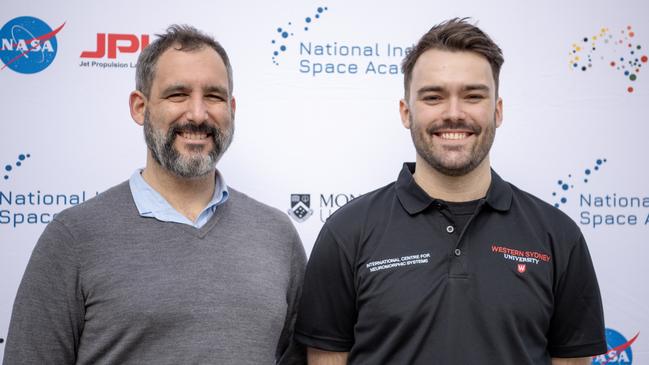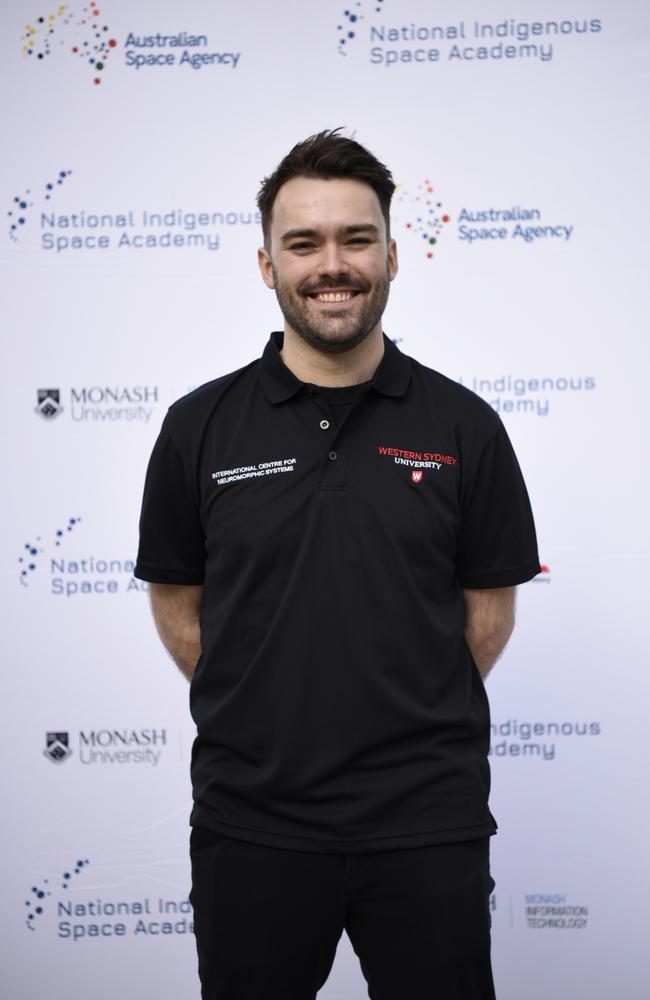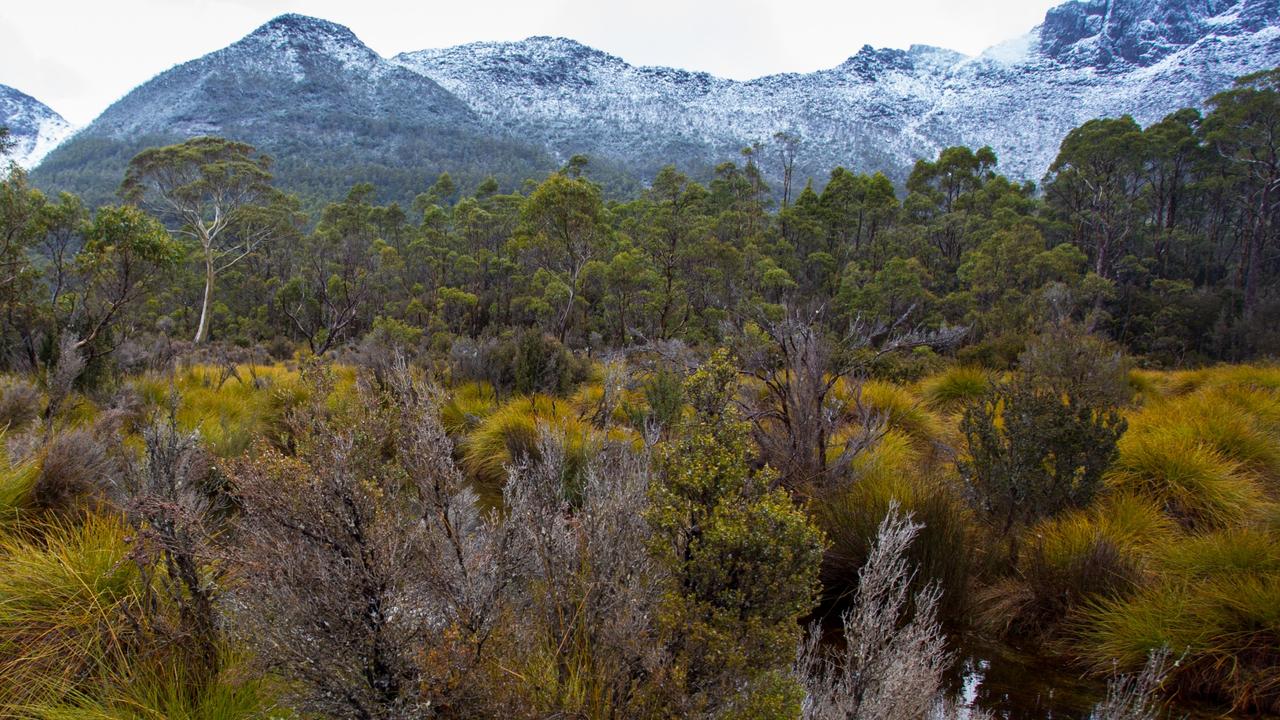Palawa man and STEM star Ted Vanderfeen achieves NASA dream in world-first program
Ted Vanderfeen will become part of the next generation of Indigenous scientists working in space – after receiving an opportunity at NASA. His advice to those chasing their dreams.

News
Don't miss out on the headlines from News. Followed categories will be added to My News.
Ted Vanderfeen’s ancestors have observed the night sky for thousands of years, and now he will become part of the next generation of Indigenous scientists working in space – after receiving an opportunity at NASA.
Mr Vanderfeen, a Palawa man, is part of a global first program National Indigenous Space Academy (NISA), based at Monash University, which has sent five First Nations students to NASA’s JPL in California for a 10-week internship.
But his process to becoming a STEM star wasn’t linear, according to the 28-year-old.
After finishing high school on the North-West coast in Wynyard, Mr Vanderfeen moved to Hobart where he worked in IT at the Department of Education for five years.
“I didn’t have the best experience in high school. I wasn’t the star pupil that I am today,” he said.

“It was a bit of a weird experience working at the Department of Education because I was in a student support role and then all of a sudden, five years out of high school, I was going back to being a student, it was a bit of an adjustment period.
“If anyone’s feeling lost like I was after I got out of high school, don’t worry, it does get better. If you set your mind to a goal, you will achieve it.”
He made the decision to head over to the mainland to start an engineering degree at Western Sydney University, where he received first class honours after successfully completing the program.
“Engineering is a very natural fit for me. I’m a very analytical person. I like taking things apart and finding out how they work and problem solving is a big thing; it just tickles some part of my brain,” he said.
“I’ve always sort of been amazed by space, and the Artemis program relaunch is really what was driving the passion for me to go back to uni.

“It would be a dream come true to be able to contribute to any of NASA’s space objectives in any way I can.”
Mr Vanderfeen said it’s important for First Nations people to move into areas of STEM because they are vastly under-represented in the field.
“I read a statistic pretty recently that one in 200 working-aged Indigenous adults have a STEM degree, whereas that number for non Indigenous adults is about one in 20,’ he said.
“We’ve got a unique perspective that may be very important for this upcoming space future that we have in Australia and overseas.”
While working at NASA, the students are paired with a scientist or engineer mentor at NASA where they will complete projects and contribute to current JPL missions.
“These amazing young Indigenous STEM students will be working on ongoing NASA projects, including ocean exploration vehicles and characterising the microorganisms within the International Space Station,” Monash University Associate Dean, NISA lead and proud Wadjak/Ballardong Noongar man, Professor Christopher Lawrence, said.
“It is incredible that we are able to empower our Indigenous youth to learn from the best in the world so we can nurture Australian capabilities in space research, and ultimately it would be great to see NISA produce the world’s first Aboriginal astronaut.”
More Coverage
Originally published as Palawa man and STEM star Ted Vanderfeen achieves NASA dream in world-first program




